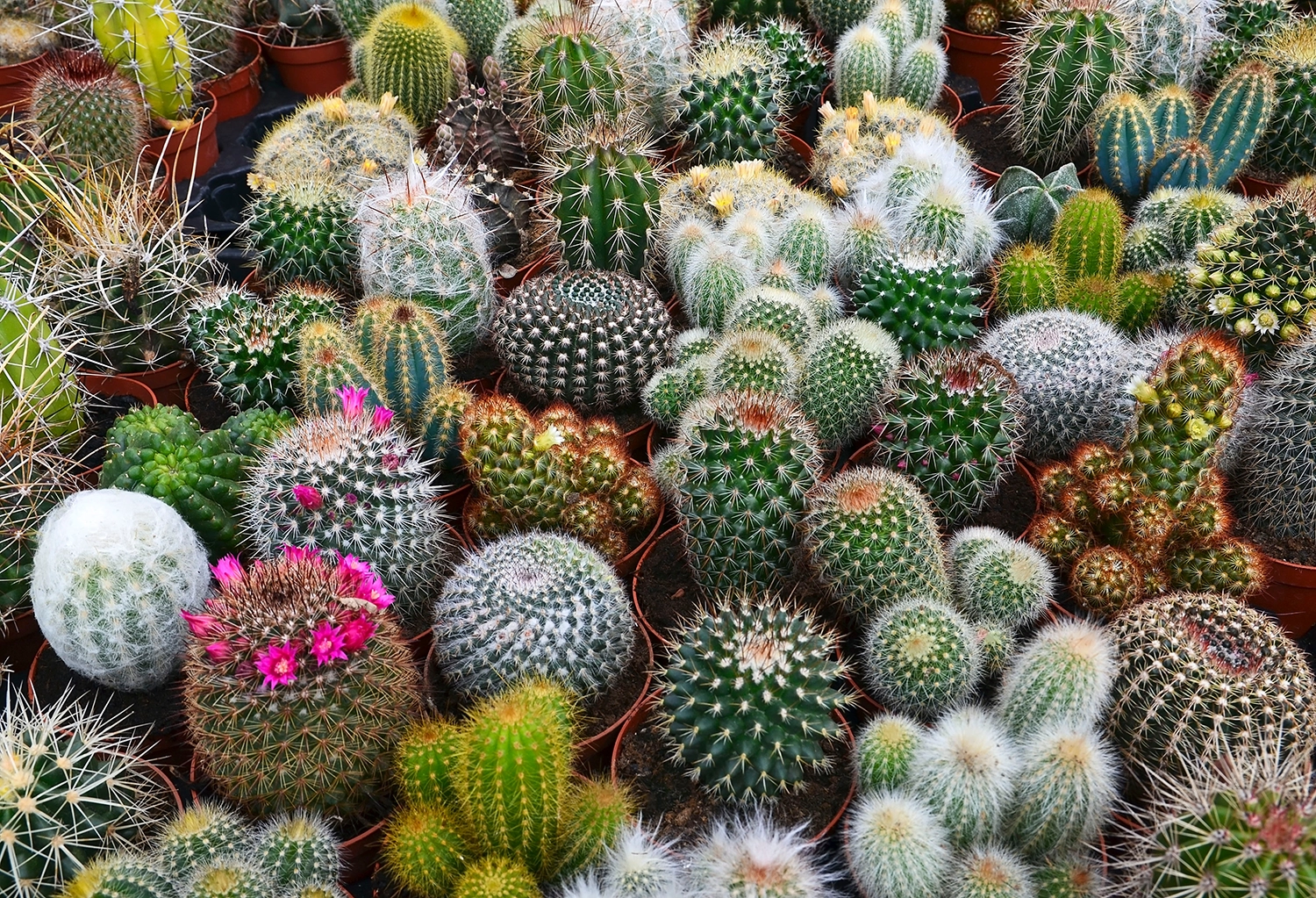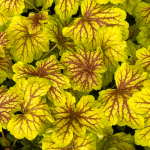Cactus Mix: The Essential Soil Blend for Thriving Desert Plants
Cacti are among the most resilient and fascinating plants we can grow. Their unique forms and minimal water needs make them favorites for gardeners, collectors, and houseplant enthusiasts alike. But to keep them healthy, one element matters most: the right soil. A proper cactus mix supports strong roots, prevents rot, and mimics the arid conditions these plants naturally prefer.
This guide explores everything about cactus mix — what it is, why it’s important, how to make your own, and how to use it for potting, repotting, and caring for your favorite cacti.
Why Cactus Mix Matters
Cacti grow in environments where water drains quickly — deserts, rocky slopes, and sandy plains. Standard potting soil holds too much moisture for these plants. A specialized cactus mix solves this problem by creating a well-draining environment that still provides enough nutrients for growth.
Without the right mix, cacti are prone to root rot, fungal issues, and stunted growth. Using the correct soil isn’t just about convenience; it’s the foundation for long-term plant health.
What Makes a Good Cactus Mix?
A quality cactus mix strikes a balance:
-
Excellent drainage to prevent waterlogged roots
-
Lightweight texture so roots can breathe
-
Moderate nutrients — enough to support growth without promoting lush, weak foliage
-
Stability to anchor tall or heavy cacti in their pots
To achieve this, the mix combines organic materials (for nutrients and moisture retention) and inorganic materials (for drainage and structure).
Ingredients Commonly Found in Cactus Mix
Organic Components
-
Coconut coir or peat moss: Retains some moisture but dries quickly
-
Composted bark: Adds structure and slow-release nutrients
-
Compost (small amount): Supplies basic nutrients
Inorganic Components
-
Perlite: Improves aeration and prevents compaction
-
Pumice: Excellent for drainage; heavier than perlite
-
Coarse sand: Mimics desert soils and adds weight
-
Crushed granite or grit: Creates stability and extra drainage
Pre-Made vs. Homemade Cactus Mix
Pre-Made Mixes
Available at most garden centers, pre-made cactus mixes are convenient and formulated for general cactus needs. However, they may still benefit from extra drainage materials like perlite or pumice if they feel too dense.
Homemade Mix
Mixing your own soil gives you full control. A simple recipe:
For cacti that require even drier conditions, increase the inorganic components to two parts sand/pumice for every one part soil.
How to Use Cactus Mix
Potting New Cacti
-
Select a container with drainage holes.
-
Fill the bottom with cactus mix, leaving room for the plant’s root system.
-
Place the cactus in position and fill around roots with more mix.
-
Lightly press the soil to stabilize the plant.
-
Wait a few days before watering to allow any damaged roots to heal.
Repotting Established Cacti
Repot every 2–3 years or when roots outgrow the container:
-
Gently remove the cactus (using gloves or tongs for spiny varieties).
-
Shake off old soil and inspect roots for damage.
-
Place in fresh cactus mix in a slightly larger pot.
Special Considerations
-
For desert cacti: Use a very gritty mix with minimal organic matter.
-
For jungle cacti (like Christmas cactus): Add more organic matter to retain slight moisture.
-
For seedlings: Use finer-textured cactus mix to support delicate roots.
Watering with Cactus Mix
Even with the best mix, watering habits matter. The “soak and dry” method works best:
-
Water thoroughly until liquid drains from the bottom of the pot.
-
Allow the mix to dry out completely before watering again.
-
Reduce watering during winter dormancy.
Fertilizing in Cactus Mix
Cactus mix contains limited nutrients, so occasional feeding is important. Use a cactus-specific fertilizer or a balanced diluted fertilizer every 4–6 weeks during the growing season (spring and summer). Stop feeding in fall and winter.
Common Mistakes to Avoid
-
Using regular potting soil alone: Holds too much water and suffocates roots.
-
Overwatering: Even with cactus mix, excess water leads to rot.
-
No drainage holes: Essential for healthy cacti — always use pots with holes.
-
Too much organic matter: Promotes soft, weak growth and fungal issues.
Storing Extra Mix
If you make or buy cactus mix in bulk, store it in a dry, sealed container. Keep it away from moisture and pests. Adding a small amount of cinnamon or diatomaceous earth can deter fungus and insects during storage.
Why Cactus Mix is Worth It
Switching to cactus mix transforms plant health. Roots become stronger, growth is steadier, and problems like rot and fungus gnats disappear. It’s one of the simplest changes you can make to ensure success with cacti and other succulents.
Build Strong Roots, Grow Happy Cacti
Cactus mix may seem like a small detail, but it’s the foundation of thriving desert plants. With the right blend of organic and inorganic components, you create conditions that mirror their natural habitat — fast-draining, airy, and perfectly suited to dry-loving roots.
Whether you buy a ready-made mix or craft your own, this specialized soil gives your cacti the best start and long-term health. When your plants stay plump, colorful, and bloom-ready, you’ll know the mix is doing its job — quietly, beneath the surface, where it matters most.





